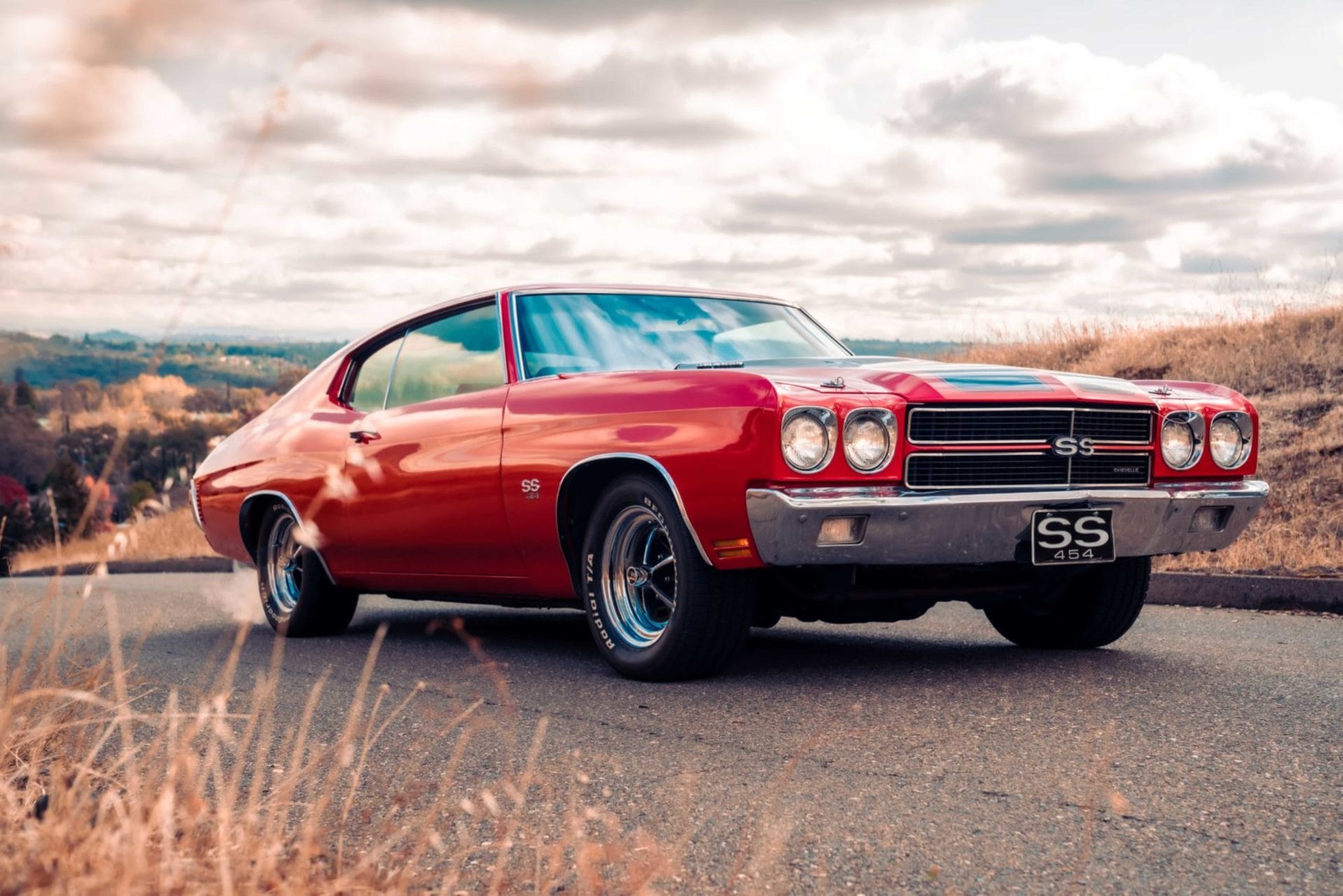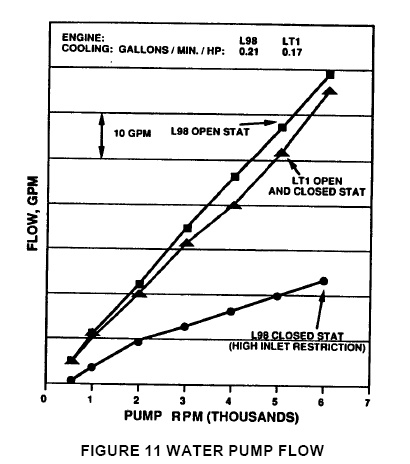Never done this before, but when replacing the water pump on ‘96 SS, should I or do I have to use new bolts (pump to engine block). I know some bolts on an engine should be replaced and not reused. Also, should I use anti-seize or Loctite? If Loctite, which color?
Anything I should also do or look for or check while I am there? Tips, tricks, suggestions? I normally go to a mechanic, but thought I could do this and save some money.
Thank you
Anything I should also do or look for or check while I am there? Tips, tricks, suggestions? I normally go to a mechanic, but thought I could do this and save some money.
Thank you







